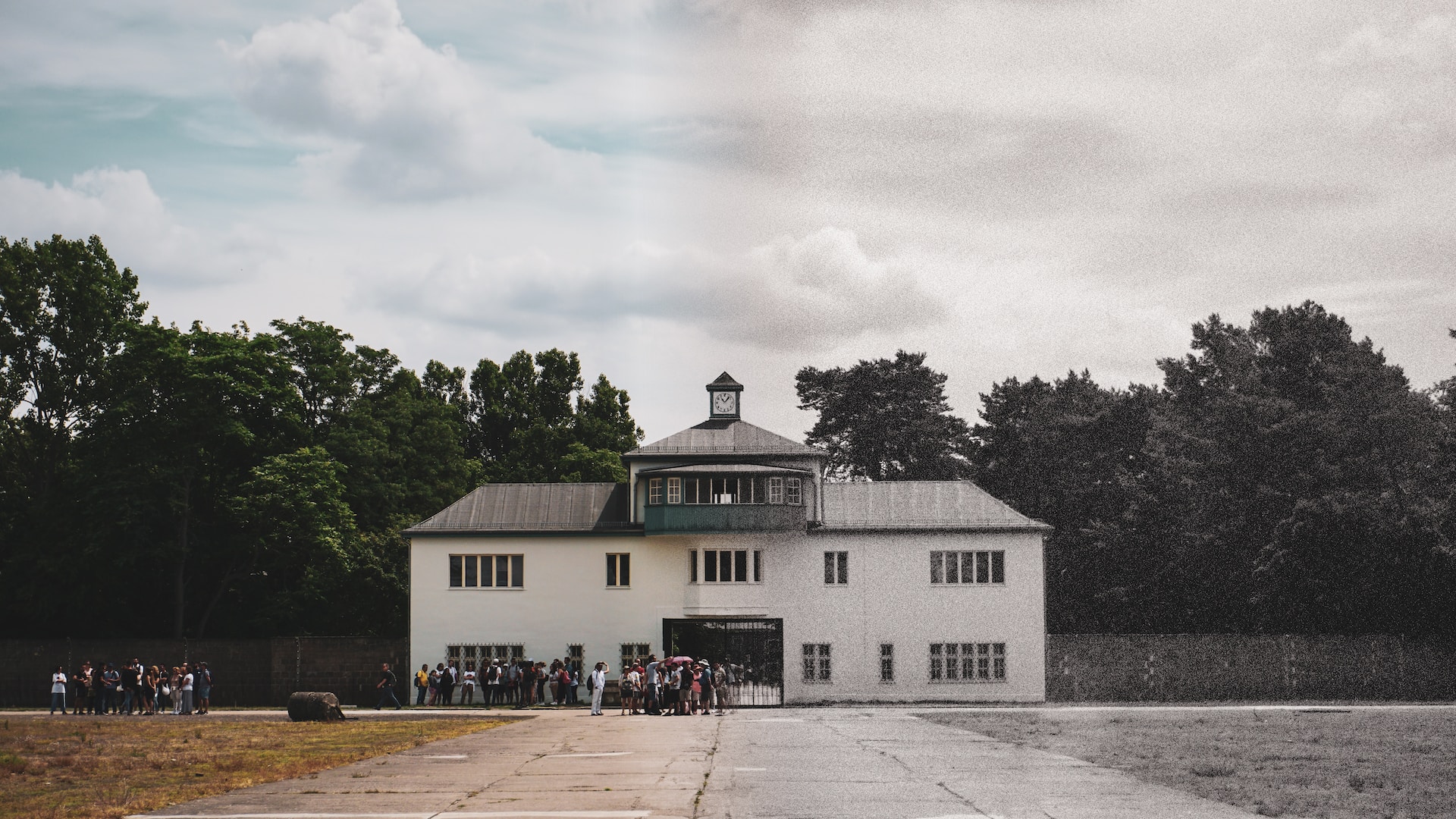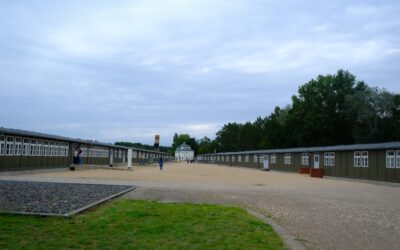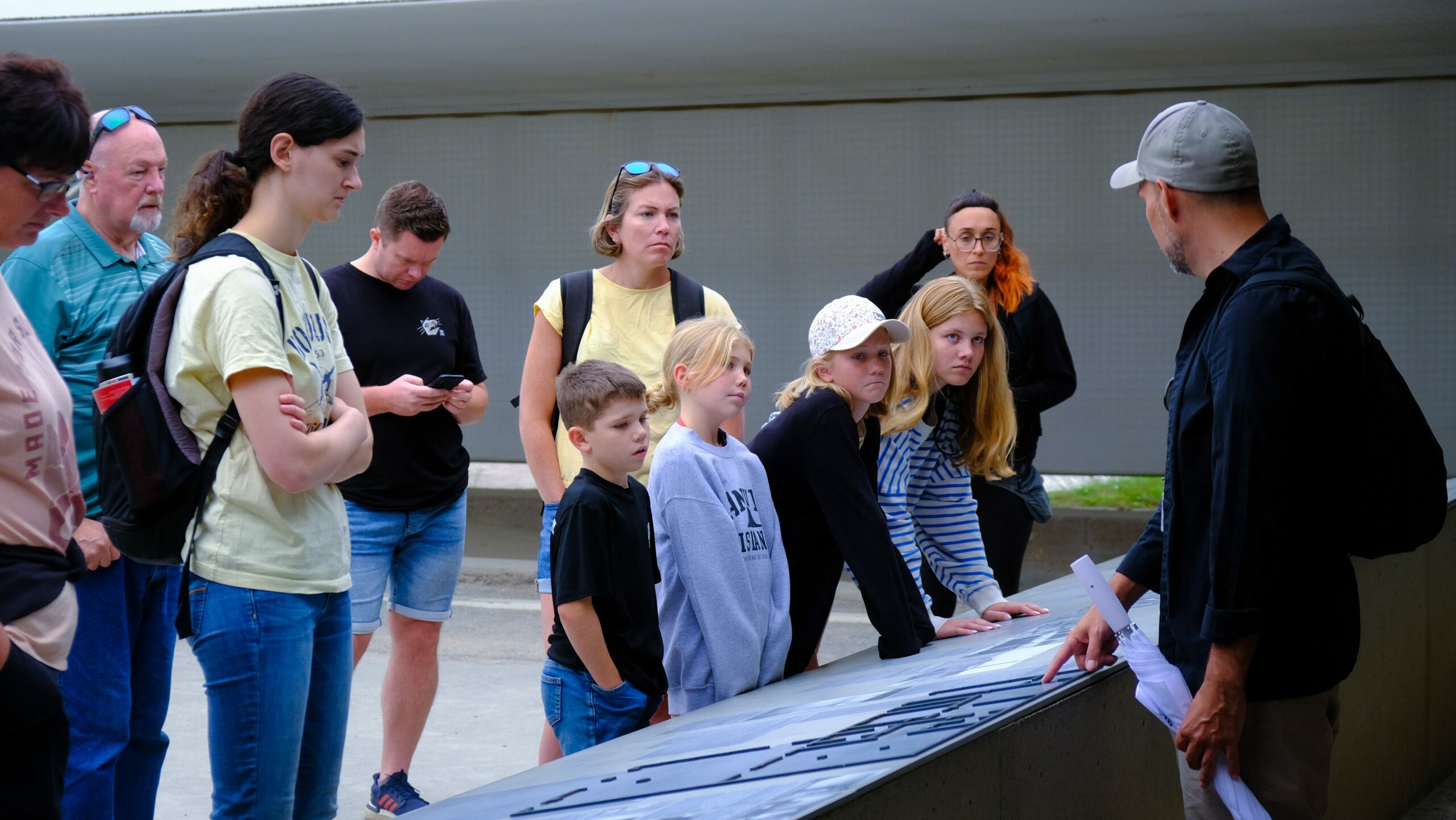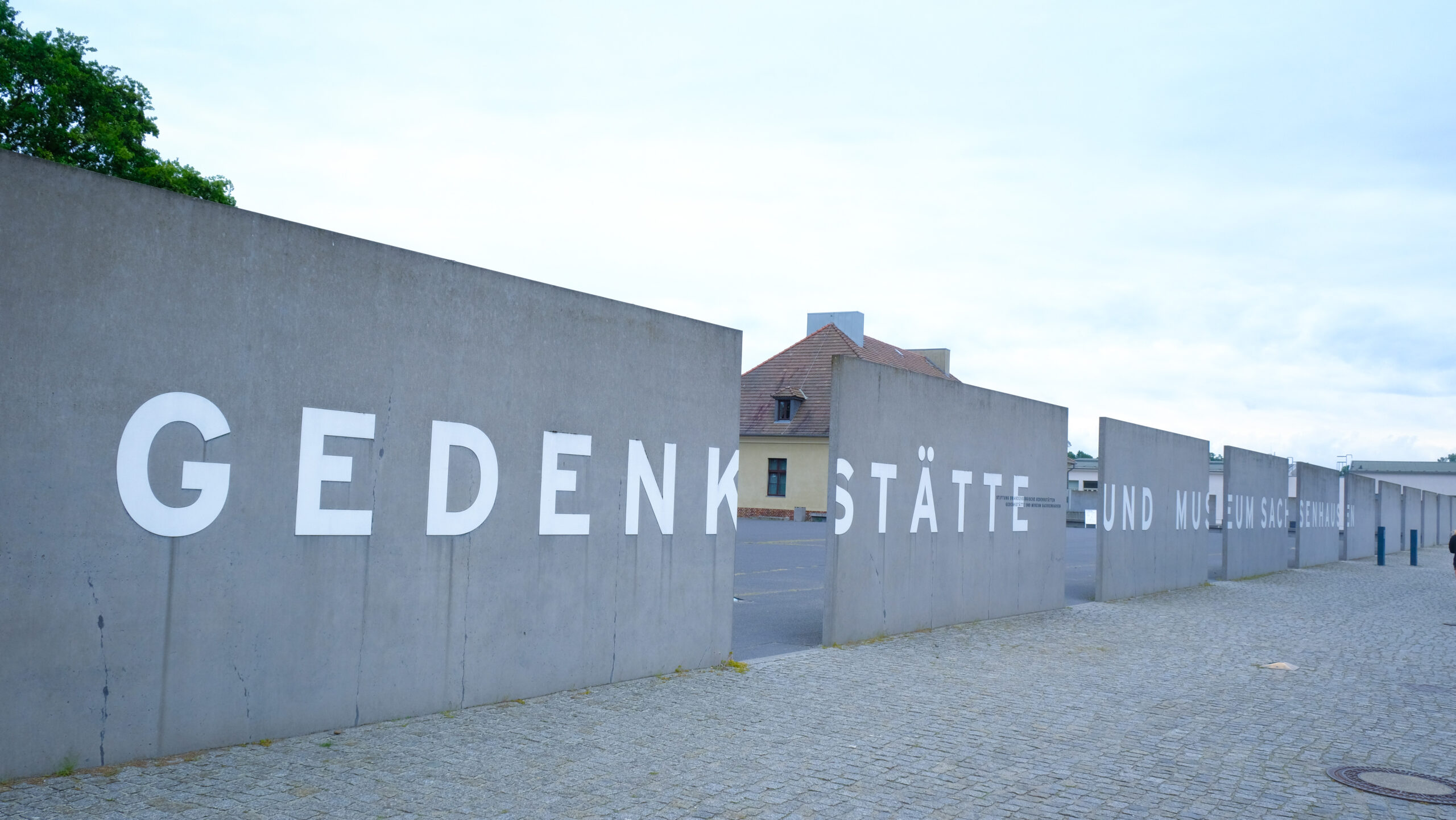Concentration camp museums are places of remembrance and education that provide a deeper understanding of one of humanity’s darkest chapters – the Holocaust. These museums stand as a testament to the victims and survivors of the Holocaust, serving as important reminders of the atrocities committed and working to ensure that such horrors are never repeated.
Exploring the History Behind Concentration Camps
The Nazi government set up concentration camps during the Second World War. Where these camps were employed to detain and torture millions of people, the majorities being Jews but also those with dissenting views politically, the Romani, disabled, gays, lesbians and others who the Nazis deemed were not fit to live.
Concentration camp museums help the public to understand when these institutions existed, what people went through or witnessed, and what role the holocaust played in shaping society. Through the visits in these museums, the people can exactly feel with the victims, understand what courage can be gained by the survivors and feel the significance of human rights.
What You Are Likely to Find in a Concentration Camp Museum
There are differences in the places where concentration camp museums are built, the objects displayed and the manner of conducting historical facilities, yet, the goal of most of them is educational objective of informing people preserved the memory of the innocent who were killed. Here are some common features you might encounter when visiting a concentration camp museum:
1. Exhibits and Artifacts
Most museums use items such as clothing and other belongings, writing and photographs to ensure that people who got affected by holocaust are understood. These artifacts are the only thing that connects people with the victims, the actual size of the crimes committed is easy to grasp.
2. Historical Information
Any visitor should be able to get detailed historical descriptions which state the creation of the concentration camp, the purpose of the camp and systematic discrimination. Such information may involve aspects on the political setting, propaganda and part played by the Nazi regime.
3. Survivor Testimonies
Most ancestral museums offer visitors a chance to either hear or watch survivor’s recorded testimonials or documentaries. These personal narratives provide unique information about the main subjects and their abuses by the Nazis revealing their suffering and spirit.
4. Educational Programs
Many concentration camp museums provide written, spoken, and pictorial presentations including present lectures and workshop to enhance the visitors’ knowledge of the Holocaust. These programs seek to make visitor to feel the pain felt by the victims and to think critically on issues which affects society today with regards to what happened in the past.
Guideline to Concentration Camp Museum Tourism
In this article, it is critical on how one should handle the sitaution and posture when visiting concentration camp museums. Here are some tips to make the most out of your visit:
- Take your time: Make sure you have enough time for seeing all the exhibits and thinking over the materials which you have seen.
- Listen to survivor stories: Read survivor accounts to hear the story of the holocaust first hand.
- Observe museum etiquette: It is important which shows respect, to follow any regulations or policies that could have been put in place at the museum.
- Ask questions: Informed questioning is welcome, so do not be shy and ask museum staff for additional information if they were needed.
- Engage in self-reflection: Ask yourself about the situation with Holocaust in the contemporary global context.
Conclusion
The museum of concentration camps serves an important function of educating and sensitizing the public on the holocaust. These museums through traveling exhibits, artifacts, survivor narratives and more curriculums allow people to get glimpse of the tragedies that took place during the Second World War. Concentration camp museums encourage feelings of empathy and critical thinking in order to constantly remind people about the events of the past and for humanity to work against oppression, hatred and mean spiritedness.




